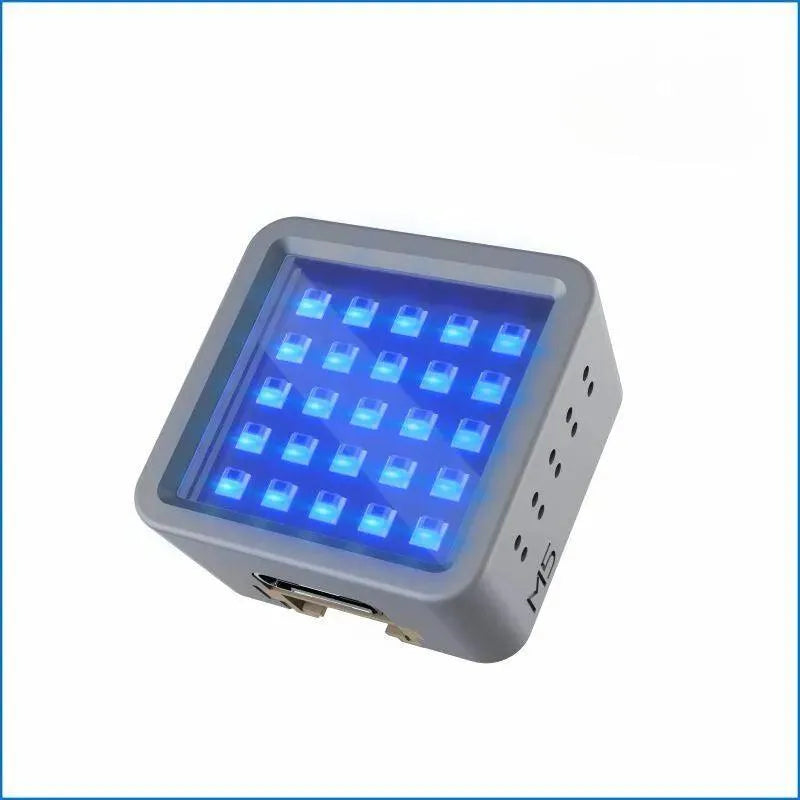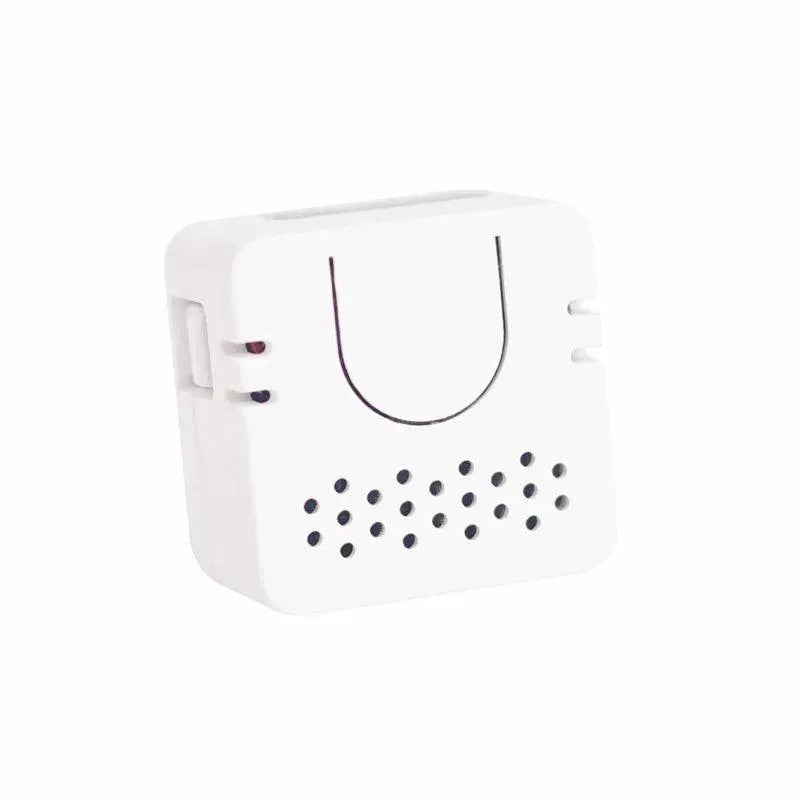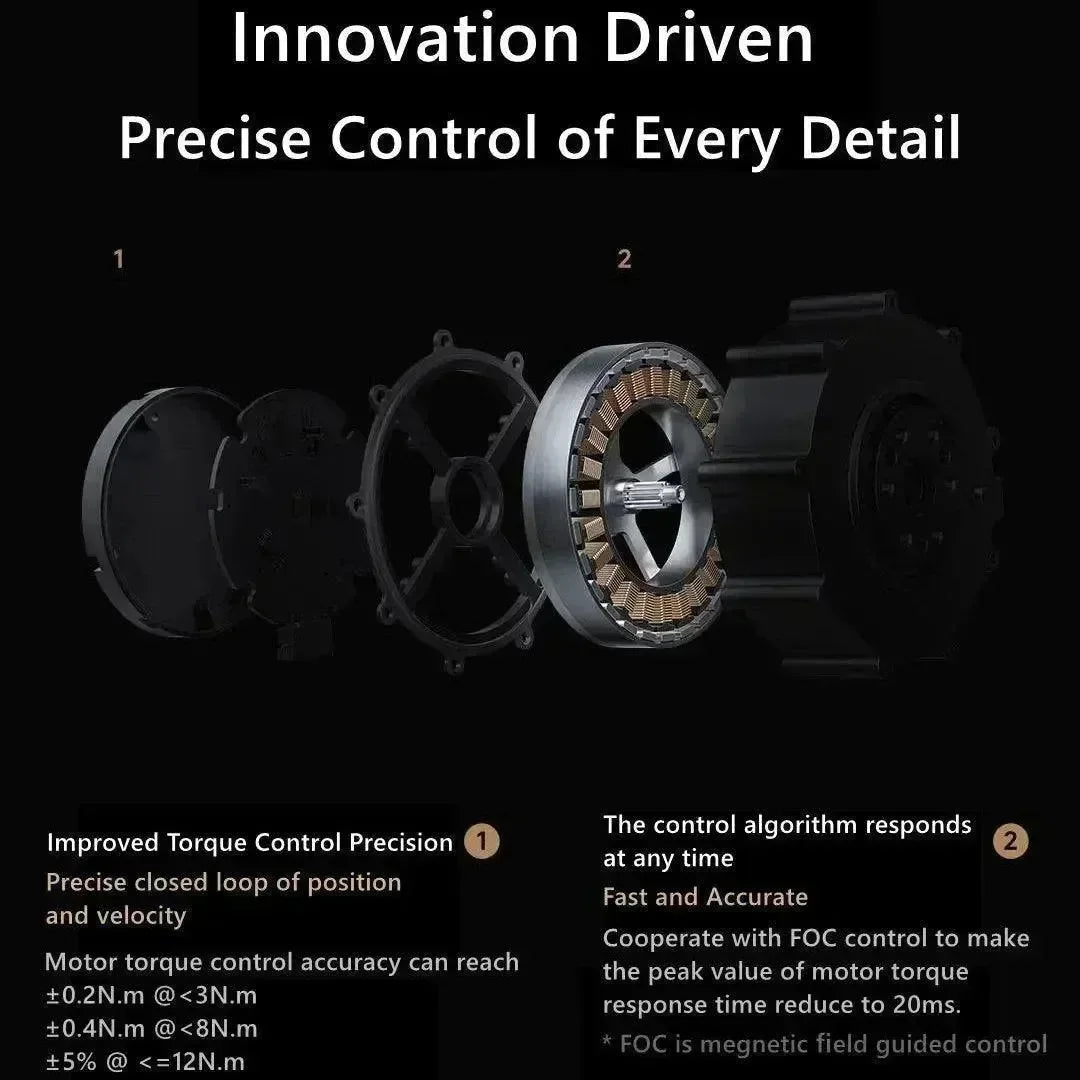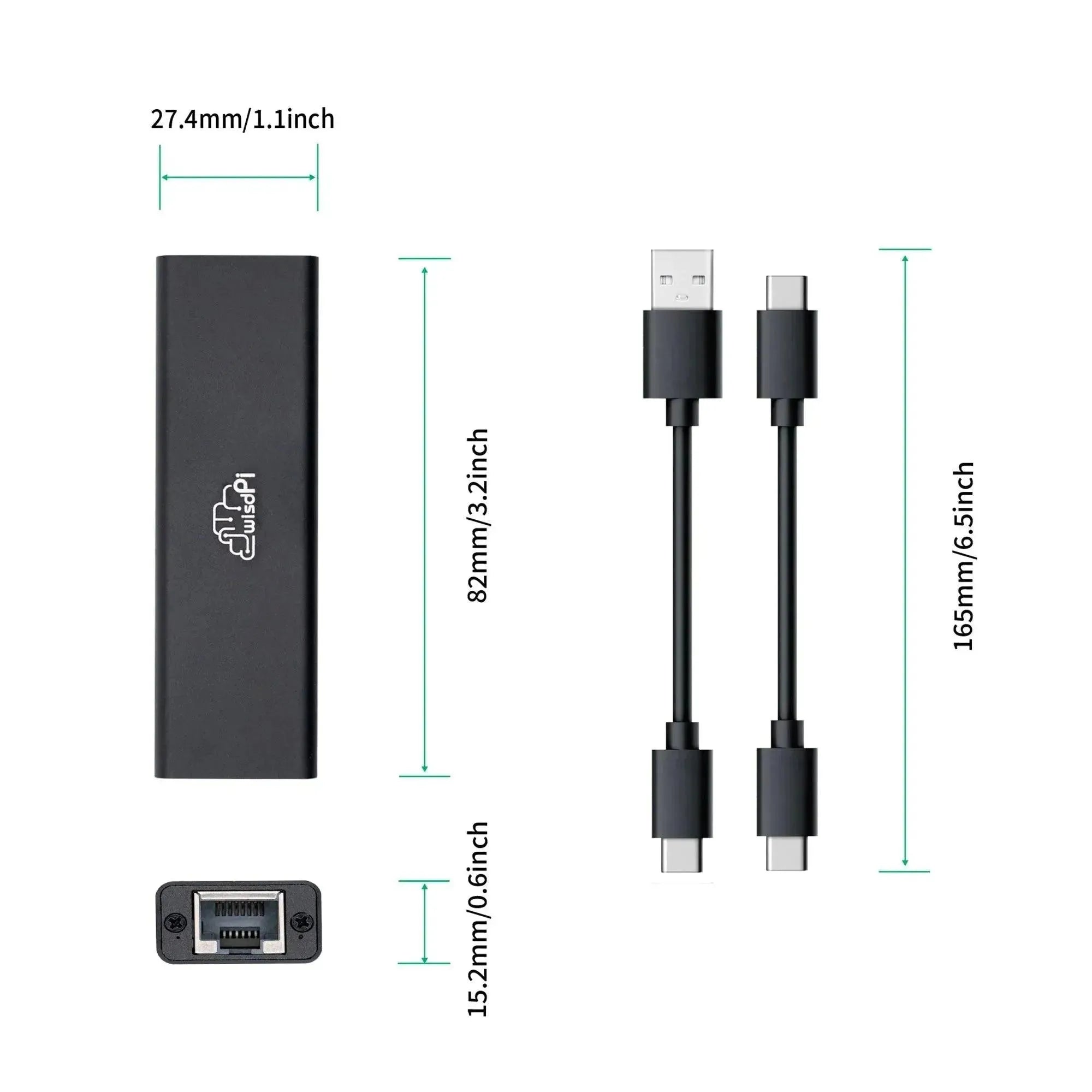
Product Features and Differences
| Product Name | ATOM Lite | ATOM Matrix | ATOM Echo |
| Chip | ESP32-PICO-D4 | ||
| Core | Dual-core Xtensa® 32-bit LX6 processor, up to 240MHz | ||
| Storage | 4MB Flash | ||
| Memory | 520KB SRAM | ||
| Power Input | 5V / 500mA (USB-C port) | ||
| Communication Protocol | I2C, UART, SPI | ||
| Display | Single RGB LED | 5x5 RGB LED matrix (WS2812) | Single RGB LED |
| Audio | None | None | Built-in MEMS microphone |
| Interface | Grove port, HY2.0-4P | Grove port, HY2.0-4P | Grove port, HY2.0-4P |
| Button | 1 | 1 | 1 |
| Dimensions | 24 x 24 x 10 mm | 24 x 24 x 10 mm | 24 x 24 x 14 mm |
| Weight | 5g | 5g | 5g |
| Supported Development Platforms | Arduino, MicroPython | Arduino, MicroPython | Arduino, MicroPython |
| Suitable Use Cases | Basic control, status indication |
Simple graphic display, status feedback |
Voice recognition, audio collection |
Key Specifications
-
Processor and Memory: All three devices are powered by the ESP32-PICO-D4, a dual-core 32-bit processor capable of up to 240MHz, with 520KB of SRAM, making them suitable for most IoT applications.
-
Display: The ATOM Lite and ATOM Echo each have a single RGB LED for basic status indication. The ATOM Matrix, however, includes a 5x5 RGB LED matrix, ideal for simple graphics and animations, offering more visual interactivity.
-
Audio: Only the ATOM Echo includes an integrated MEMS microphone, making it the only device among the three that supports audio input, well-suited for voice recognition and audio processing applications. The ATOM Lite and ATOM Matrix lack audio functionality, making them more suitable for non-audio-focused applications.
-
Interface: All models support Grove and HY2.0-4P interfaces, providing strong expandability with various sensors and modules.
-
Size and Weight: These devices are compact and lightweight, with ATOM Echo being slightly thicker, making them suitable for space-constrained projects.
In-Depth Product Overview
-
ATOM Lite: As the most basic model, the ATOM Lite features an RGB LED and a single button, ideal for simple control and indication applications. Its compact design and fundamental functionality make it suitable for entry-level projects or low-power devices. With its Grove interface, it can connect to multiple external sensors, serving as a basic node in IoT projects.
-
ATOM Matrix: Offering a 5x5 RGB LED matrix, the ATOM Matrix provides a higher level of visual feedback, ideal for applications requiring status display, simple animations, and patterns. This added display functionality makes it a great choice for creative, interactive projects where simple graphic or information display is needed, such as control panels or status indicators. Although it lacks audio, the ATOM Matrix enhances user interface options with its rich LED matrix.
-
ATOM Echo: Designed with audio functionality, the ATOM Echo includes a built-in MEMS microphone supporting audio input and playback. It’s ideal for applications requiring voice recognition, audio collection, or voice feedback. Unlike the ATOM Lite and ATOM Matrix, the ATOM Echo can receive and process audio signals, making it suitable for voice-controlled devices, simple voice assistants, or audio data collection. Its Grove interface also allows connectivity to other sensors, expanding its application potential.
Summary of Use Cases
-
ATOM Lite: Suitable for basic IoT control and status indication, such as low-power sensor networks or small control devices.
-
ATOM Matrix: Ideal for applications needing visual feedback or simple displays, like status indicators or creative interactive projects.
-
ATOM Echo: Best suited for audio processing and voice applications, including voice recognition systems, basic voice assistants, or audio data collection.
Selection Recommendation


























































































